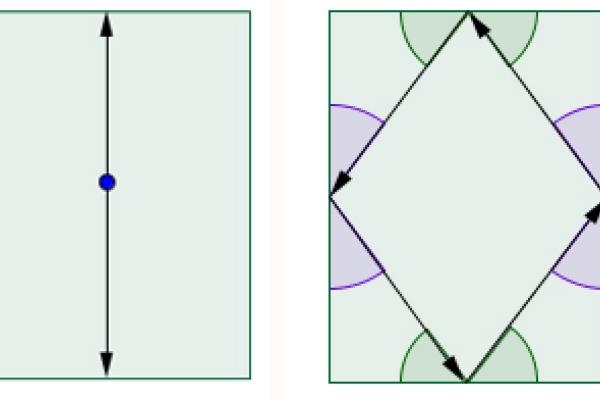Article


Chaos on the billiard table
If you thought that billiards was a harmless game to play in the pub, think again. It's a breeding ground for chaos!

